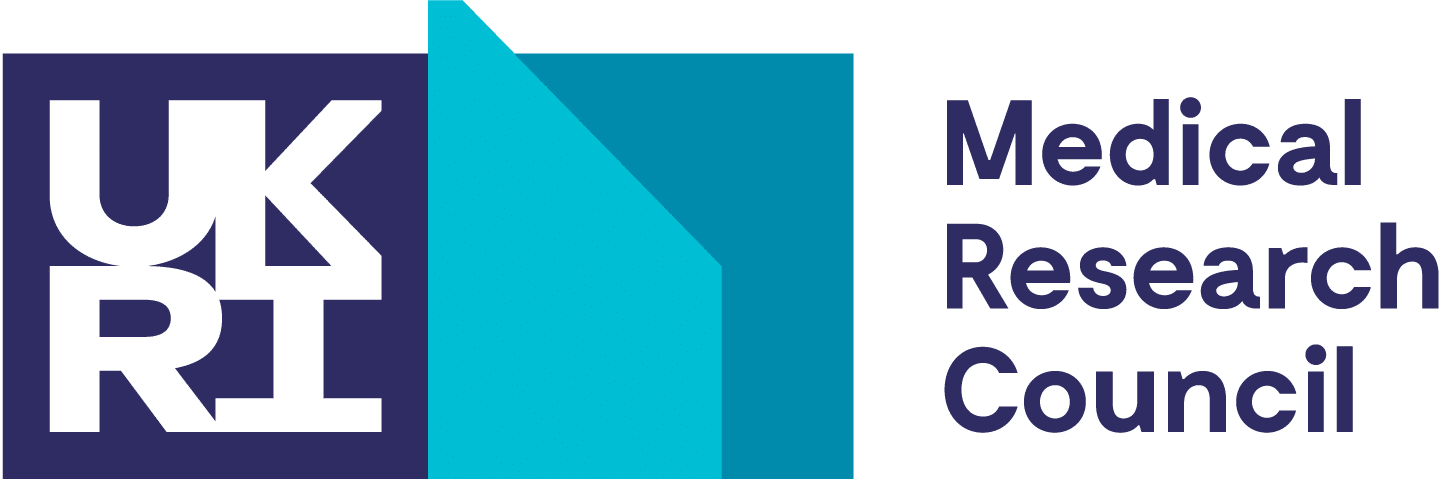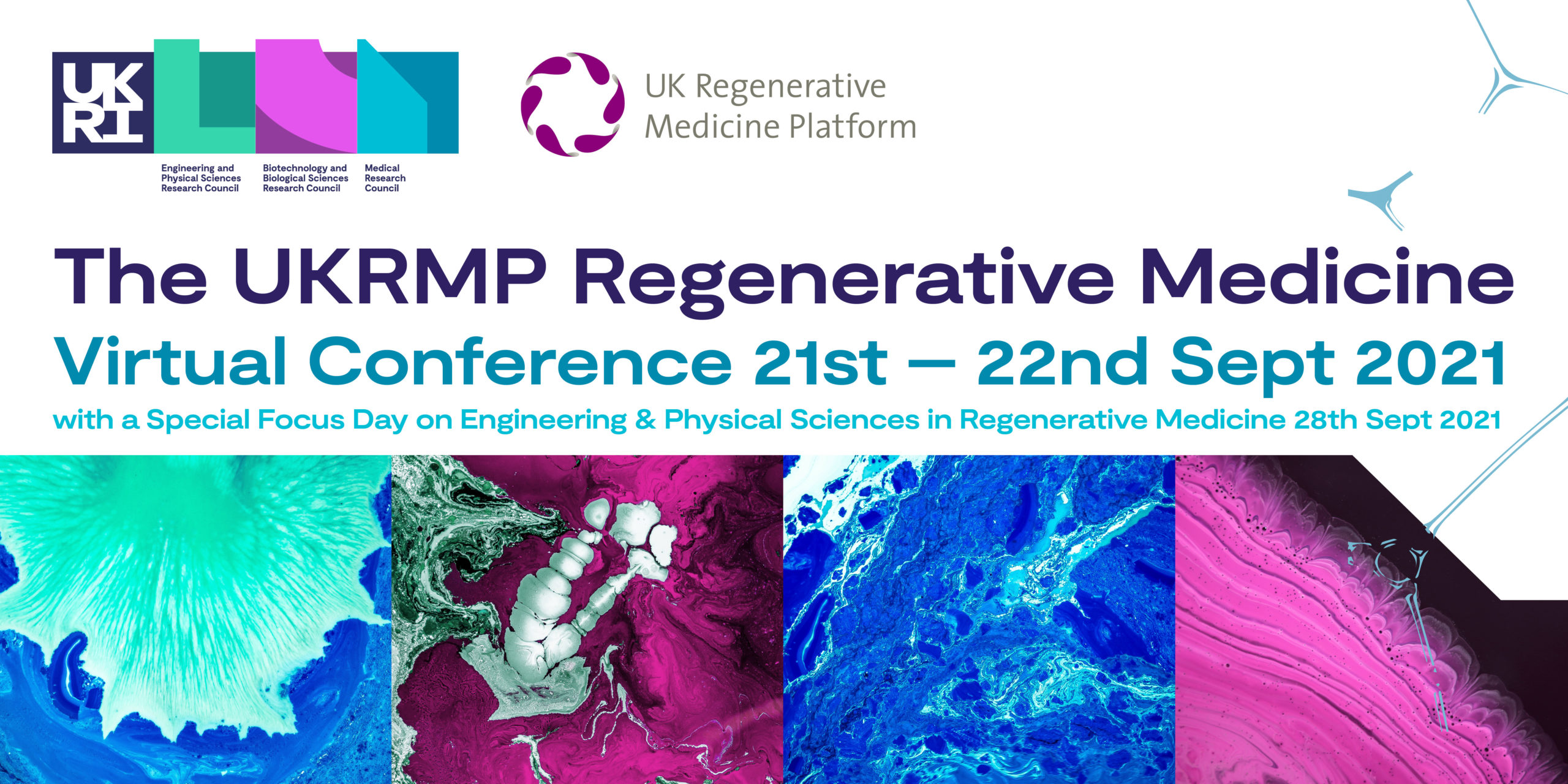
The UKRMP Regenerative Medicine Virtual Conference took place on 21st and 22nd September 2021, demonstrating the UK’s strength in regenerative medicine research and showcasing the work of the Platform.
Agenda
A full agenda can be found here. The event was organised into three presentation sessions centred around the themes of the three UKRMP Hubs. Topics at the conference included cell therapies, endogenous repair, and smart materials, incorporating examples of successful clinical translation. The event hosted international keynote speakers Professor Milica Radisic (University of Toronto), Professor Brian Cummings (University of California Irvine), and Dr Pamela Robey (National Institute of Health). Early-career researchers from within the UKRMP gave 3-minute flash talk presentations to showcase the breadth of the research undertaken across the Platform.
Two panel sessions on the 22 September discussed the topics “What are the emerging areas in regenerative medicine?” and “How do we successfully translate regenerative medicine technologies to the clinic?”. The panels were made up of experts from across industry and academia, including Dr Ryan Hicks from AstraZeneca, Dr Jo Mountford from the Scottish National Blood Transfusion Service, Dr Bernard Thébaud from the Ottawa Hospital Research Institute. The panels were chaired by two of the UKRMP Deputy Directors, Professor Alicia El Haj and Professor Richard Oreffo. These sessions brought out some interesting themes and discussion points and were a highlight of the conference. Key areas of interest from the audience were the use of organ-on-a-chip models and whether there were bottlenecks to widescale adoption of these, the remaining manufacturing challenges for cell therapies, and patient engagement and education in a clinical setting.
Special Focus Day
The UKRMP Conference was organised in conjunction with an EPSRC-led Special Focus Day on Engineering and Physical Sciences in Regenerative Medicine on 28 September 2021. The day, led by Dr Abigail Spear from DSTL, brought together biomedical and clinical researchers with researchers from a broad range of engineering and physical sciences disciplines.
The Special Focus Day covered a range of topics including mathematical modelling, biophysics, metamaterials, manufacturing, and robotics. A full agenda can be found here. As well as demonstrating the excellent research within the UK academic community, the agenda included several international speakers: Professor David Mooney (Harvard University), Professor Liesbet Geris (University of Liège), and Dr Kristian Franze (Max Planck Institute).
Feedback
Feedback on the UKRMP Conference was collected through a post-event survey. The response from attendees was overwhelmingly positive with all those who completed the survey rating the event as Excellent (62%) or Very Good (38%).
Highlights:
- “It made you proud to be part of the regenerative medicine community.”
- “The best online conference I’ve attended so far.”
- “The talks were excellent and the panel sessions really informative and lively.”
Conference Resources
The conference booklet can be downloaded at the link below and contains the agenda and speaker biographies. A high-res version can be accessed here.
UKRMP Delegate Booklet
Keynote biographies
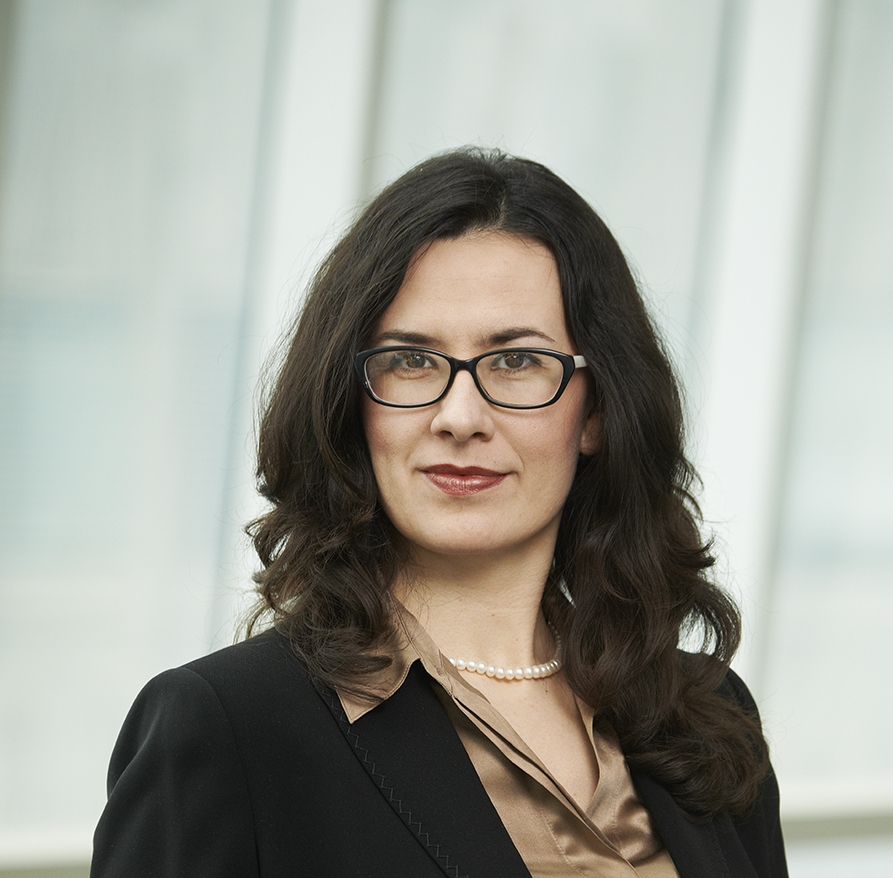
Professor Milica Radisic, University of Toronto
Dr. Milica Radisic is Professor at the University of Toronto and Canada Research Chair (Tier 2) in Functional Cardiovascular Tissue Engineering. She obtained a B.Eng. from McMaster University in 1999, and a Ph.D. from the Massachusetts Institute of Technology in 2004, both in Chemical Engineering. She is a Fellow of the Canadian Academy of Engineering and a Fellow of the American Institute for Medical and Biological Engineering. Dr. Radisic has received numerous awards and fellowships, including MIT Technology Review Top 35 Innovators under 35. The long term objective of Dr. Radisic’s research is to enable cardiovascular regeneration through tissue engineering and development of new biomaterials. Her research interests also include microfluidic cell separation and development of in vitro models for drug testing. She is an Associate Editor for ACS Biomaterials Science & Engineering, and a member of the Editorial Board of Tissue Engineering and Advanced Drug Delivery Reviews. Her research findings have been presented in over 130 research papers, reviews and book chapters. She is a co-founder of a start-up company TARA Biosystems focused on the use of engineered tissues in drug development.
Professor Brian Cummings, University of California, Irvine
Dr. Cummings earned degrees in Psychology and Philosophy from the University of Illinois. He was awarded his doctorate in Psychobiology from the University of California, Irvine for work on neuropathology in Alzheimer’s disease. He is a Professor and Vice Chair in Physical Medicine and Rehabilitation, and Associate Dean for Faculty Development at UC Irvine’s School of Medicine. He is a founding member of Sue & Bill Gross Stem Cell Research Center and the Institute for Memory Impairments and Neurological Disorders (UCI MIND) where he studies the mechanisms of recovery mediated by human stem cell transplantation after neurotrauma in both spinal cord and traumatic brain injury (TBI) models. He has 15 years’ experience with human neural stem cell transplantation in the CNS. His preclinical work contributed to FDA approval for a fetal derived human neural stem cell trial in the myelination disorder Pelizaeus-Merzbacher disease (PMD), and SwissMedic approval for the treatment of chronic, thoracic spinal cord injuries in collaboration with Dr. Aileen Anderson and StemCellsInc. He is currently investigating the potential use of human ES-derived neural stem cells in contusion induced TBI.
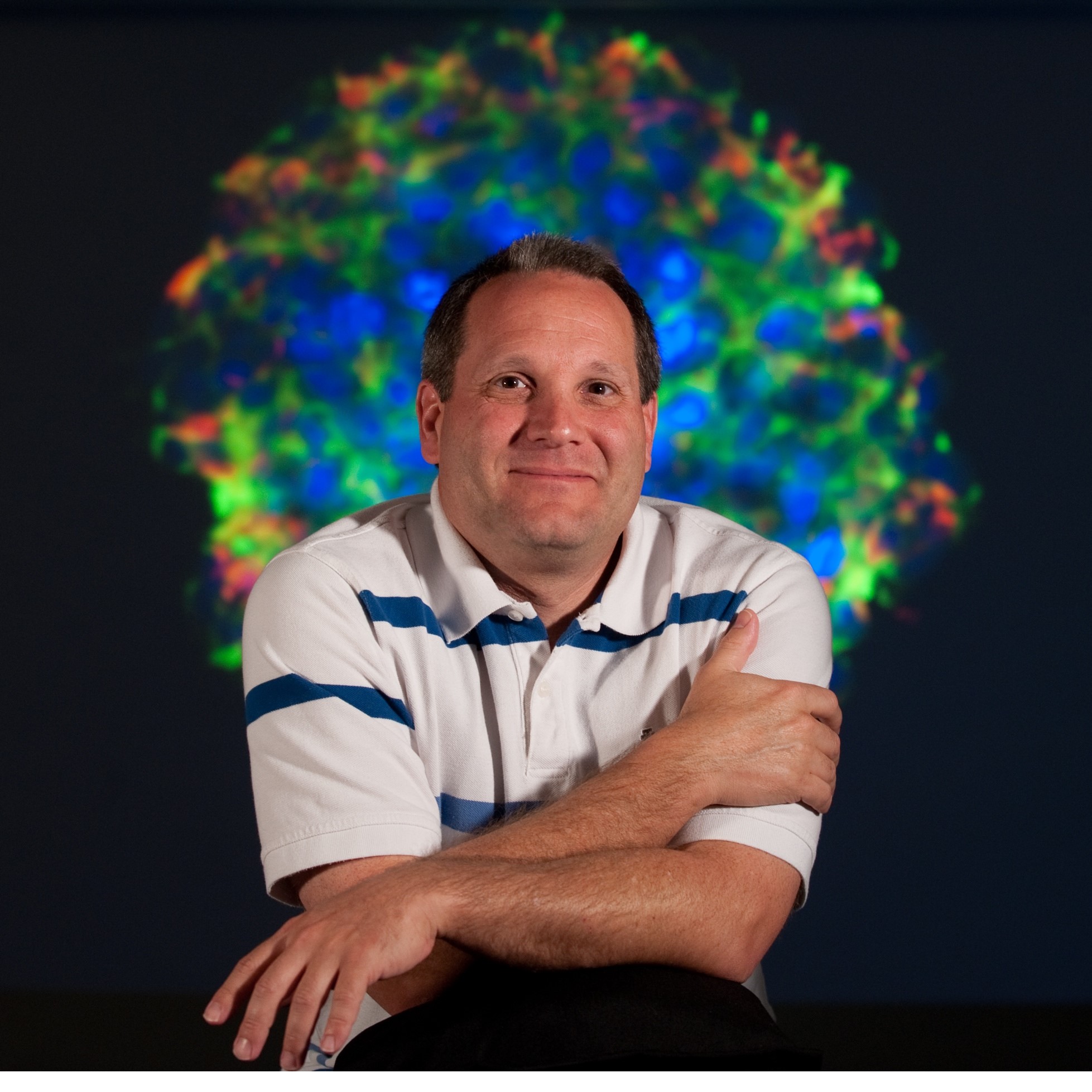
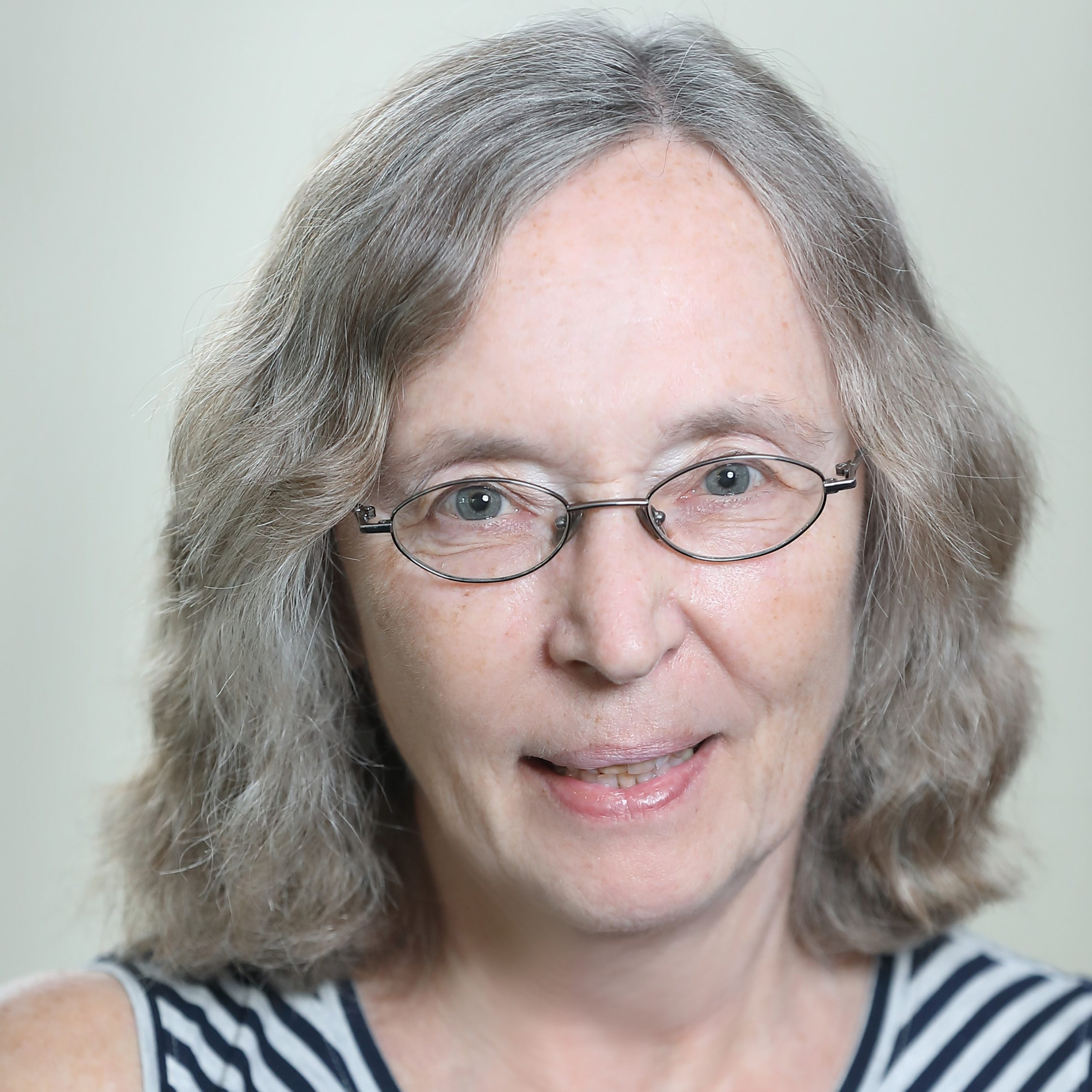
Dr. Pamela Robey, National Institute of Health
Pamela Gehron Robey, Ph.D., is chief of the Skeletal Biology Section, at the National Institute of Dental and Craniofacial Research, National Institutes of Health in Bethesda, Maryland. She has been the co-coordinator of the NIH Bone Marrow Stromal Cell Transplantation Center and is currently the Acting Scientific Director of the NIH Stem Cell Unit. She has worked in the area of bone and stem cell biology for over 30 years, which includes basic, translational and clinical studies. She has served on numerous editorial boards in the past including the Journal of Bone and Mineral Research, Endocrinology and Bone, and is currently on the editorial boards of and Stem Cells and Stem Cell Reports, in addition to being a regular reviewer for many other journals. She is an active member of the NIH and extramural community and focuses in particular on activities that foster career development of junior investigators in the field.



